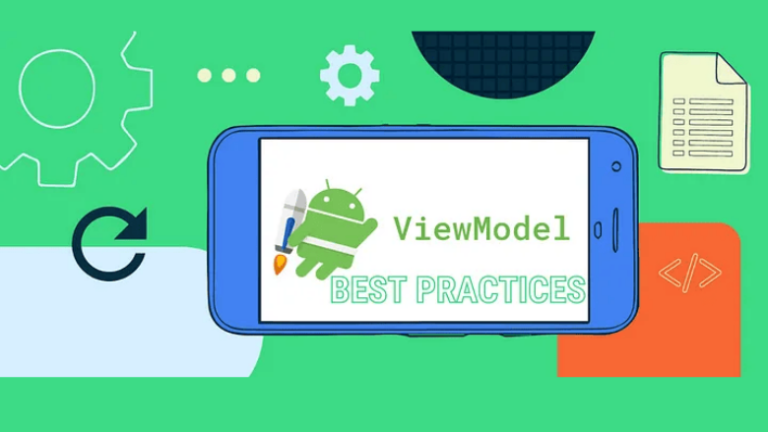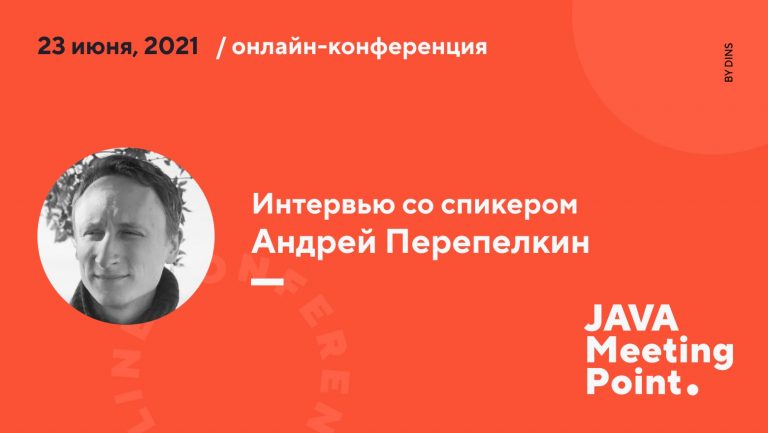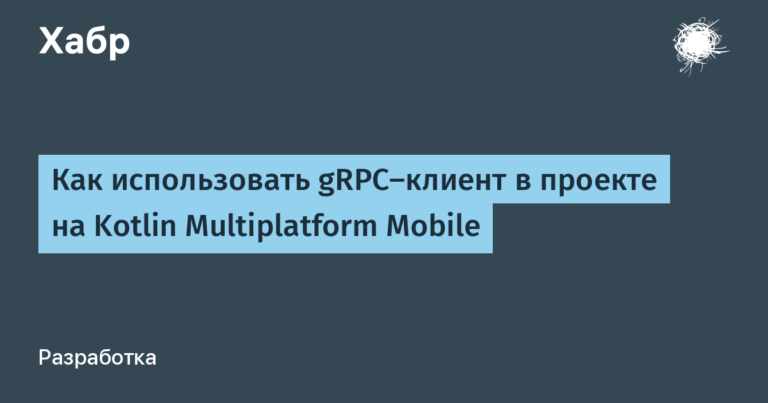Two months from idea to first sale: Genesis team experience
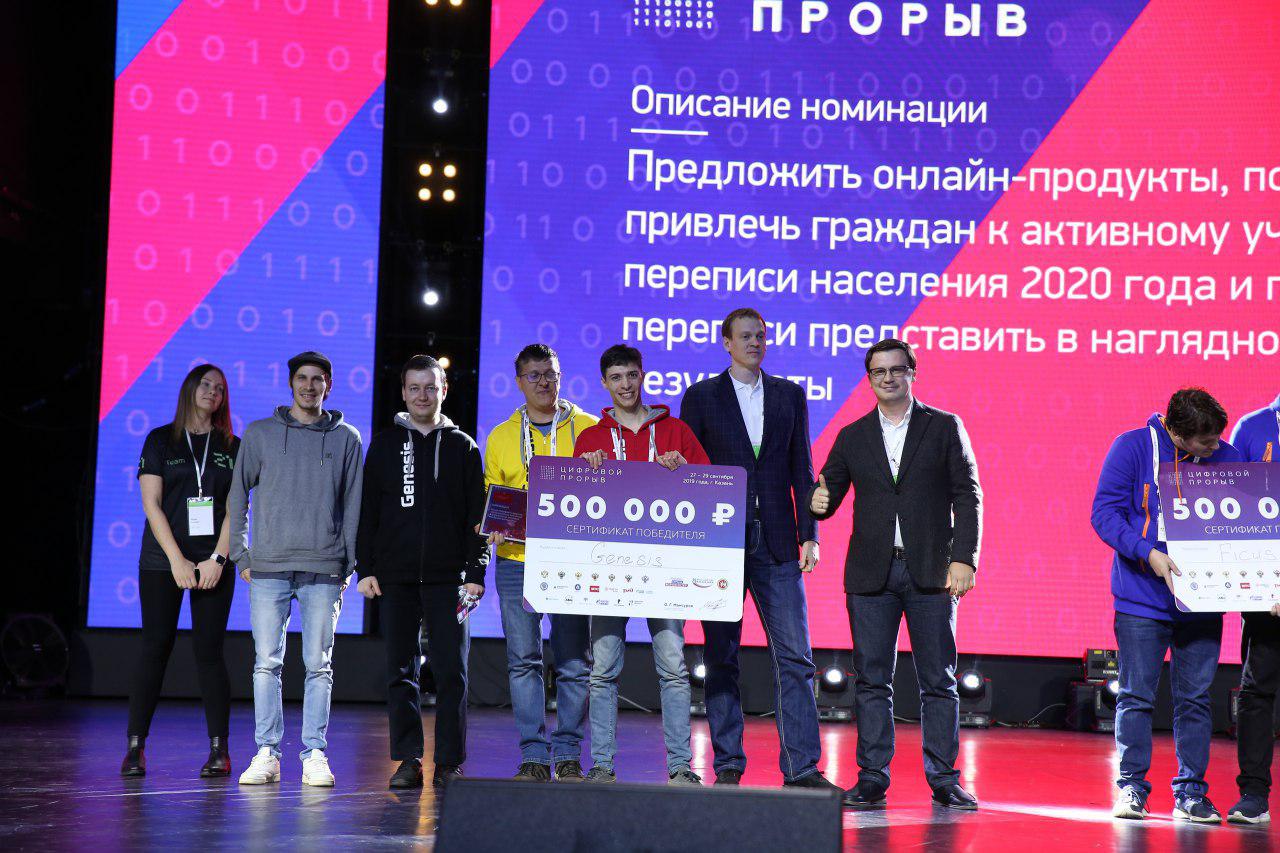
1. Tell us about your team. What are the roles in it, has its composition changed after the final?
We entered the competition by an already held team. For more than 5 years we have been working together in custom development – we are making various analytical systems for state authorities at the regional and federal levels. I am the team leader, I am responsible for analytics, finance, product strategy and presentation of the results, that is, I am in control of the entire organizational part.
My colleague Dima Kopytov is a technical expert (his account on Habré Doomer3D). He is responsible for the architecture of the created solution and closes most of the tasks. Dima has been programming since 7 years!
Zhenya Mokrushin and Dima Koshelev close the front and back of our projects. Plus now they are actively engaged in mobile development.
In general, before participating in the Digital Breakthrough, we wanted to make a combat robot shooting fire 🙂 Purely for the fan. But then they went to the hackathon and everything spun. But the robot will do it anyway. A little bit later.

2. We know that during the pre-acceleration program, you decided to change the project? What factors influenced this?
Initially, we went to the pre-accelerator with a project with the concept of “Uber in the field of housing and communal services”. We started doing it at the semi-finals of the competition and continued to develop it after, for example, presented it to the Governor of the Perm Territory MG Reshetnikov and received a positive feedback.
But in 2 weeks of the pre-accelerator, we realized that it is better to do a project that is more aimed at ordinary consumers and less tied to the state, because the state is afraid to take PPP format projects in terms of IT (there were only a few of them implemented in Russia), and go with Zero-in custom development for the public sector team is simply unrealistic.
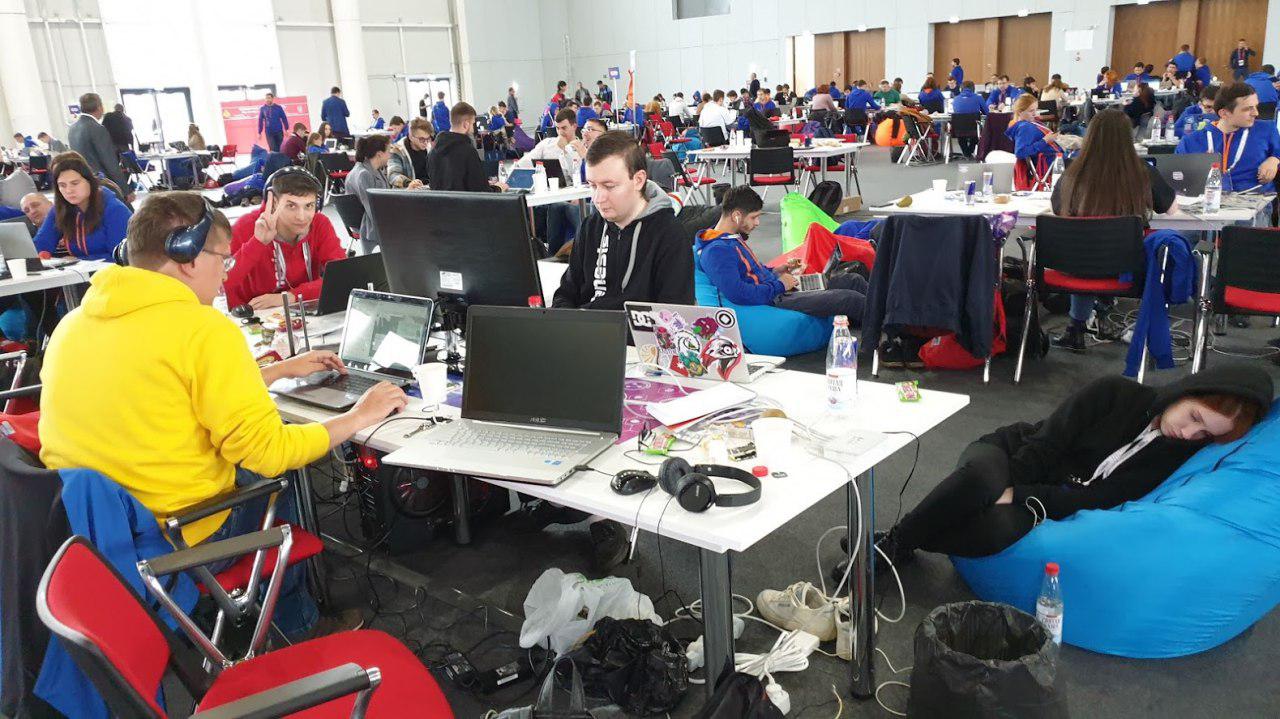
Therefore, we decided to make a pivot and go to the consumer market.
It seemed interesting to us to make not just a software project, but add more hardware there. And now, once again examining my counters between the pipes in the bathroom with a flashlight, I realized that it’s enough to endure it. And we came up with Gemeter – a hardware and software platform that will transmit meter readings to a management company instead of me.
Here, by the way, what the prototype of our device looks like
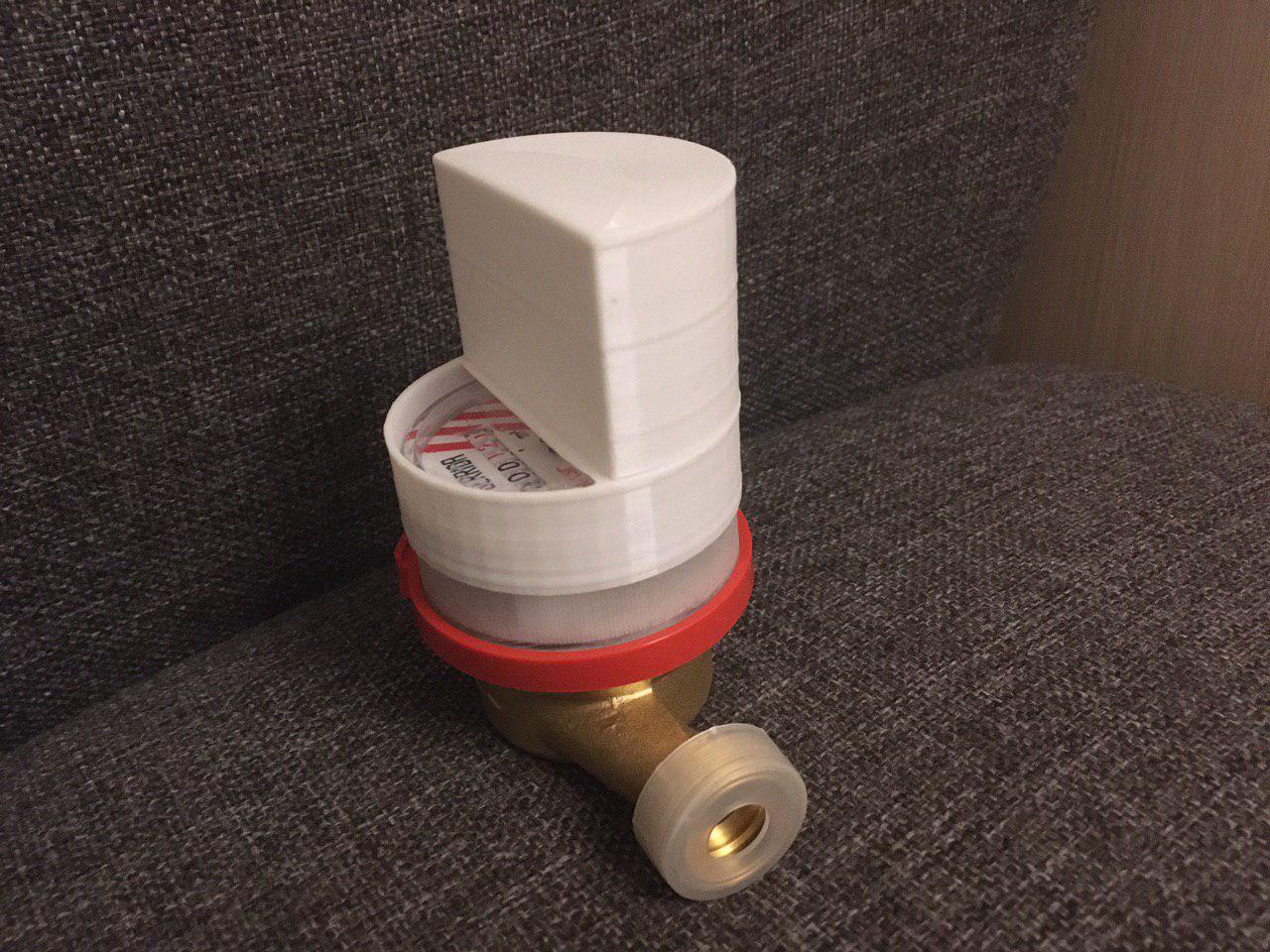
But the project that we started to do initially, we did not abandon. Now we are actively negotiating with the Government of the Perm Territory, so that it will be nonetheless. We are looking for cooperation options. This will probably be just a commercial development, in which the government will act as a data provider and provide integration tools with edge systems. Now the concept of GaaS (government as a service) is being actively developed.
This is how our system works
The system works as follows: a device is attached to the consumer’s counter, which is then connected via the application to the home WiFi network. Further, data is collected, processed and transmitted to the resource supplying organization either through billing centers or GIS utilities.
3. What are the goals set for the pre-accelerator? Did you manage to achieve everything?
From the funny – we went to the pre-accelerator with the question – why is it the pre-accelerator? We got the answer to the question 🙂
But in general – we wanted to try ourselves in product development. Custom development is great, but it does not give maneuvers beyond what is prescribed in the ToR. But it is not always at the stage of compilation of TK that the customer can draw up an integral picture of how everything should be. And in order to make any changes to the functionality, you need to carry out procurement under 44-FZ, and this is a very long story.
Product development allows you to respond much more quickly to customer requests.
Our main success is a really working and selling product. I believe that we not only achieved all that we wanted, but received much more than we expected.
4. Did your mood change during the program? Have there been periods of recovery or burnout?
The main difficulty is to combine work on the project with the main place of work. At the time of the pre-accelerator, we did not abandon previous agreements and obligations. We do not allow failure to meet the deadlines for delivering results to the customer, and we do everything only in our free time. And given the fact that the end of the year is the hottest time, there was very little time left. Because of this, even we could not come to Senezh as a whole team.
In general, throughout the program we had a very fighting spirit. We were clearly aware of why we were doing all this and therefore only went forward. Training in the pre-accelerator was extremely intense, the trackers did not let us relax. Therefore, no one had time to burn out. I hope that this will not happen until the launch of our product on the market. And there other projects will arrive.
5. How did you prepare for defense? How did you tune in to victory?
In the best traditions – we finalized our project right up to the very defense. They brought soldering irons, sandpaper, glue gun with them and calibrated the device already in place, in Senezh. As for the pitch – thanks to the weekly tracker sessions, by the time of defense he was honed to the maximum.

6. Tell me about working with mentors in the pre-accelerator. How was remote work built? What are your impressions of the intramural stage of the pre-accelerator in Senezh?
In principle, for us, remote work is a very familiar option, many of our employees work remotely in other cities. And this has its advantages – a person has the opportunity to delve deeper into his thoughts and, as a result, produce a better result.
The mentors were very cool. Due to circumstances, we managed to work quite tightly with 4 trackers. First, Anna Kachurets worked with us, then Oksana Pogodaeva joined in and in Senezh itself – Nikolai Surovikin and Denis Zorkin. Thus, we received a very useful feedback from each tracker, which helped us to work more deeply as a financial model, and to make the most accurate portrait of our consumer.
Plus a very cool thing – active networking. During one of the dinners, we gathered at the table with investors, trackers, where we arranged a real crash test of our project. We were carried as soon as possible 🙂 But in the end we were able to diversify the value proposition by region. And to understand more clearly what Moscow needs and what regions need. There really is a very big difference in the minds of consumers.
As a result, during the full-time pre-acceleration, we made the first sales of our device. We received pre-orders for 15 Gemeter devices. This suggests that we really do everything for good reason. We were able to find the pain of the consumer and convey to him the value of the product we are developing.
7. How did the defense result? Are you satisfied with the results?
In my opinion, the defense went brilliantly. Speaking to a critical audience, smiles and thumbs up indicate that our project has entered. A separate balm for the soul is when you see that people are reading the QR code published on your slide and want to know more detailed information about the project.
It is too early to speak about any concrete tangible results of pre-acceleration. Yes, investors did not come to us with a suitcase of money, we did not hear the phrase “Shut up and take my money!”. But this should not be when your project is at the concept stage.
The main thing that we learned from the pre-accelerator is that you can not get hung up on the idea in your head. There is an idea – you need to test it on your potential consumers. If you don’t get it, you need to change it and move on. To make a mistake is not scary. It’s scary to go in the wrong direction and not turn around in time. To do what no one except you needs.
In general, I believe that only after passing the pre-accelerator can you start making a startup.
8. What are the plans for the development of the project after the pre-accelerator?
Since we have our first sales, we have nowhere to retreat. We will actively work on this project. Follow our successes on the site;) gemeter.ru
Now our first priority is to make an industrial solution from the device concept. Minimize its size, prepare the printed circuit board and optimize the component base, launch robotic soldering.
The second task is the integration of the software part of the platform with regional billing systems, so that data from Gemeter goes directly to resource-supplying organizations.
Well, the third step in priority, but not in importance, is the launch of sales.
In general, we are very charged to continue working and want to bring this project to the market. Moreover, we now have a full set of skills, it remains to run them into practice
